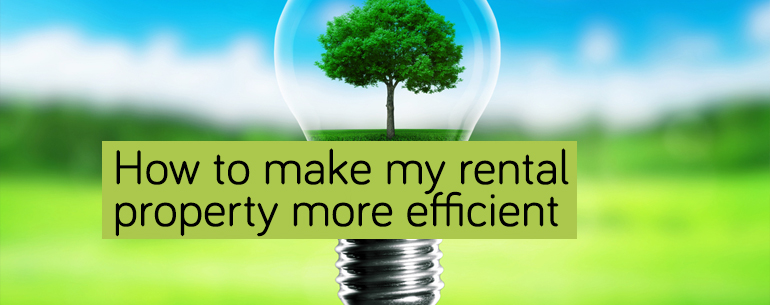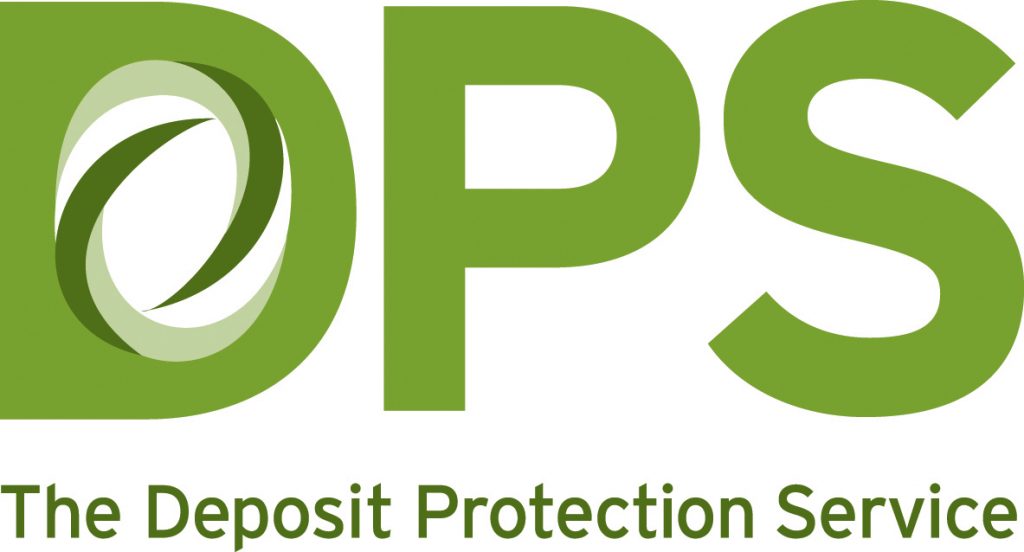
Energy efficiency in the Buy-To-Let sector is only going to be tightened by the Government in the years to come; with recent regulation changes regarding EPC’s the latest in their moves.
Since April 2018, all Energy Performance Certificates must be higher than an E rating to allow for new tenants to live in your property, or for tenants due to live in your property after a tenancy renewal.
By 2020, all rental properties will require an E rating on the EPC regardless of the tenancy position.
High energy efficiency ratings are equally as important for tenants as they are landlords. Tenants should never have to find themselves in a position where they are being starved of a heated, comfortable environment in the winter which in turn can manifest into poor health.
Whilst it may not be glaringly obvious to every prospective tenant, a higher energy efficiency rating will do wonders in many instances in aiding to let your properties.
The more adequate the EPC rating is, the more attractive the property can become. Meanwhile, a well-insulated, properly-ventilated property will encourage tenants to remain longer at the property, thereby reducing void periods and providing the landlord with a regular, secure income. The more energy efficient a property, the lower the energy bills for tenants. Everyone is a winner!
With the rental sector growing in the North West year on year, it is more important than ever for landlords to ensure their properties as efficient with energy as possible. But how does one do that?
1. Burdened by the boiler?
The first starting point for an energy efficient property is the boiler. Old and inefficient by today’s standards can cause a world of problems for you, the tenants and the property. The answer? Dispense the old model and replace it with a newer and more efficient model to boost the energy rating for the property. There’s no doubt it can be a costly expense, but one that will inevitably pay off in the long run.
2. Dispose the draught
An affordable method of boosting the rating of a property is to draught-proof the doors throughout. Doors and windows of the poorly-sealed nature are likely to allow heat to escape and unwelcome cold air in, which is particularly undesirable over the winter period. Any gaps throughout the property such as between floorboards, around doors or windows, an open chimney or even loft hatch should be sealed up to ensure the best for your energy rating.
3. Double up on double glazing
Windows and doors are one of the greatest sources of heat loss in a property. Good double glazing and UPVC throughout a property are the effective counter-measures; reducing heat loss and also reducing noise pollution.
4. Smart meters and thermostats
The instillation of smart meters in a property allows you as a landlord to see the impact reducing energy has had on the property via an energy monitor. With view-able usage, this allows you to be more efficient in either managing or suggesting to the tenant on how to manage the usage.
5. Harness the power of LED technology
Light bulbs of the LED nature are very energy efficient, and switching to them if you haven’t done so already can make a vast impact on the rating of the property.
Not only does it reduce energy consumption, but does so without compromising levels of light in the property. Their long lifespan also means less maintenance, which will inevitably contribute to a happier tenant.
If you’re looking at methods of making your rental property more energy efficient and would like free advice from the World’s Greatest Letting Agent for Landlords in Manchester, please do feel free to get in touch.







